more bridges, less walls
On finding connection and foothold in a rapidly growing society, and some afterthoughts on the portfolio reviews at Daegu Photo Biennale.
Welcome to dear midnight, my bi-weekly newsletter with reflections on all things photography, publishing and the artistic process.
In this newsletter you will read about the material that crosses my path, while working on my own art practice and Foam Magazine. This summer I had the opportunity to travel to South Korea for a few weeks, following an invitation by Daegu Photo Biennale. I’ve been sitting on this draft a bit longer than usual, while settling back into things in Amsterdam. In the meantime there have been dozens of new themes and urgent topics that I want to address in the upcoming editions, but for now I’ve collected some concluding thoughts on the encounters I had in Korea. I hope you will find this inspiring!
Something exciting is happening in the South Korean photography world! Despite having been present in news, pop culture, and art museums for decades, it wasn’t until the 1990s that photography was officially acknowledged as an independent art form by the South Korean government. Next year the first public photography museum will open its doors to visitors in Seoul, creating a unique chance to shape and construct the mediums position within society.
For Foam Magazine #65 we invited Sunyoung Kim, senior curator at Museum Hanmi, and Hyunjung Son, curator of the brand-new photography branch of the Seoul Museum of Art, to talk about the major impact of this governmental acknowledgement. When reflecting on contemporary currents in photography Sunyoung borrowed Moritz Neumüller’s words by describing the medium as ‘oscillating between the classical what has been and a constant anticipation of what could be’ - a bridge between past and future.
1: Bridges
Every other year Daegu Photo Biennale organises portfolio reviews to connect artists with (inter)national curators, editors and publishers. Although it’s very difficult to encapsulate and present a practice in twenty minutes, portfolio reviews do offer a chance for connections and objective feedback.
I was happy to attend this years edition as a reviewer and met fifteen artists and their projects throughout the course of one day. What I noticed in most of the works was a tendency to use art as a tool to process and grapple with the effects of a society that has rapidly grown and modernised over the past decades. After the Korean War in the 1950s the country divided into two sovereign states, leaving the north communist and the south capitalist. As a result South Korea has seen a boom in economy and construction that turned it into one of the most innovative and prosperous countries of the 21st century. With the country effectively being an island, surrounded mostly by water and thick walls in the north, the act of building international bridges has been of significant importance in the process.
bridge is a structure that is built to allow connection and the crossing from one side to the other
Rapid growth doesn’t come without growing pains. By dissecting symptoms like loneliness and the feeling of alienation in a fast-paced and technologically advanced society, artists manage to unravel the machinery of modernity. Most portfolios I saw were driven by the desire for connection with humanness and a stronger relationship with traditions that may have been neglected along the way. In the following section I’ve highlighted four projects that form the basis for my observations.
Seok-Woo Song
The photographs of Seok-Woo Song strike with their imposing contrast between (urban) landscapes and individuals, which appear in carefully staged formations - together, but apart.
The scenes tell the stories of young people struggling to adapt to changing social structures that leave them with feelings of alienation. Anonymous and static, always keeping a safe distance to one another, they assume the shape of pillars, sky-risers or poles creating an uncanny and unnatural atmosphere.
‘Wandering, Wondering is a photographic project that focuses on young adults who are increasingly socialised and systematised within the structured framework of modern society as they mature. Through this work, I aim to explore the fleeting nature of youth and the familiar gaps within it, creating an opportunity to reflect on the time that has passed’ says Song.
Sungouk Bang
In an attempt to expose the intricate technology inside everyday appliances and uncover the unseen human labour behind them, Sungouk Bang disassembles machines into their single parts for the project Green Collar Workers.
‘How much workforce is necessary to produce products used in our everyday lives? To find an answer to the question, I disassembled a product and assigned each component with a position as a labourer’ says Sungouk Bang. Having been trained as an engineer himself, he brings first-hand knowledge of the industry which he integrates into his performative works.
The images lay bare the overwhelming amount of individual parts, and emphasise the human intelligence and skill necessary to make machines work.
Dawon Ha
For her project Carrying silk on the head, and a child on the back Dawon Ha drew a map and visited the places her grandmother might have passed while transporting goods through the country on her head.
According to Ha ‘it’s now difficult to find the bobusang (peddlers) who once traveled across the country. But just fifty years ago, my grandmother Jeon Geum-hui carried goods on her head, a child on her back, and a bundle of diapers in one hand as she walked around selling items. Peddling was the only way she could feed her family.‘
‘Traveling for selling stuffs from Daegu city to mountain valleys or remote islands was no exception even when she was pregnant or immediately after giving birth. The items she carried on her head were often silk, which was mainly produced in Daegu, as well as socks and blankets.’
‘When her child fell ill during a trip to Chungju city, she remembers making medicine from soil and giving her child boiled water with it to cure her. I hope that the story of Geum-hui, who endured those times, will be remembered for a long time, because the life of the child she raised, and my life as that child’s child, are still here.’
Youngkyung Kim
The project Flowing Earth began after Youngkyung Kim’s eery experience of walking through expansive agricultural lands, not encountering a single person. It speaks about disappearance within the flow of time, speculating about a future where farmers will have vanished.
The series is composed of three independent yet interconnected parts, each corresponding to the unfolding narrative: the introduction, height, climax, and ending. ‘Part 1, Pantomime for Vanishing gazes upon disappearance from a human perspective, infusing the entire work with subtle nuances of loss.’
‘In contrast, part 2 Song for the Land contemplates the farmers absence from the land's viewpoint, heightening emotions while revealing the instability of change.’
‘Finally, part 3: Searching for the Vanished Farmer excavates traces of farmers from a future perspective (creating a fictional excavation), narrating the climax and conclusion of disappearance through a process of restoration.’ The work makes us consider the consequences of today’s world as perceived by future generations.
2: Foothold
These four artists assume different vantage points to regard South Korea’s past, present and future. What connects their approaches is the search for steady ground in an ever-transforming and rifting terrain.
foothold is a secure position from which further progress may be made
As if trying to find balance amongst the incomputable speed of progress, these projects create stability by focussing on the shared human experience - pillars of the bridge that resist the currents of time.
3: Hot tips
As promised I’ve put together a photography-flavoured overview of museums, galleries and bookshops in Seoul.
BOOKS!
EXHIBITIONS!
PHOTOBOOTHS!
Life4cuts
Play in the Box
For more tips about bars, cafes, music and clubs visit TRIPPIN.
If you’ve read this far, thank you and hope you enjoyed! My next letter will reach you after a short break at midnight on October 20th. Until then, take care.
x


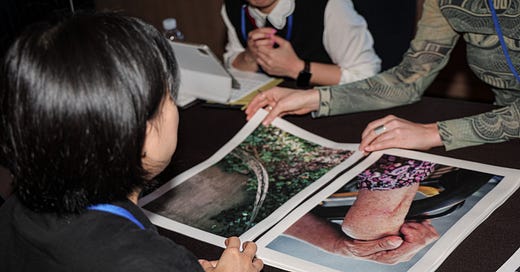

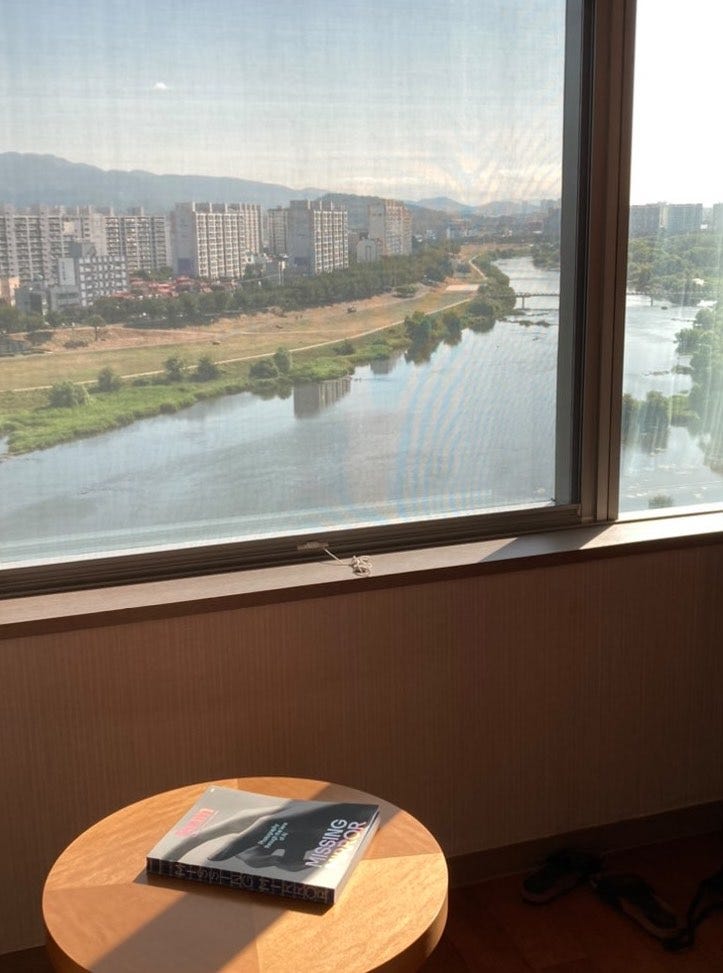
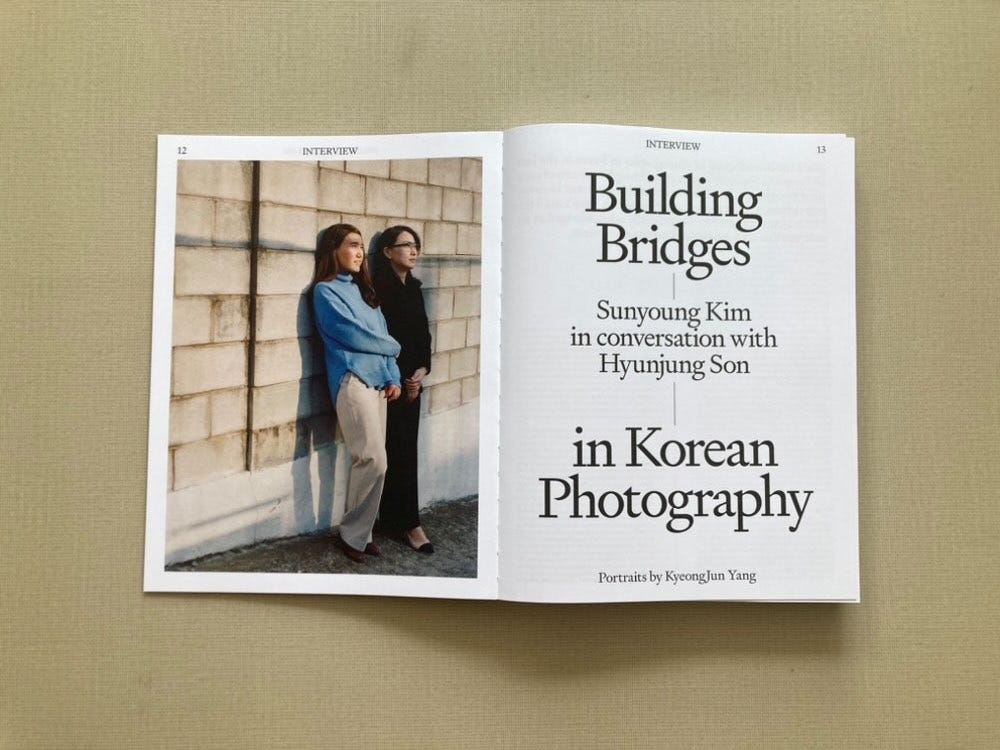


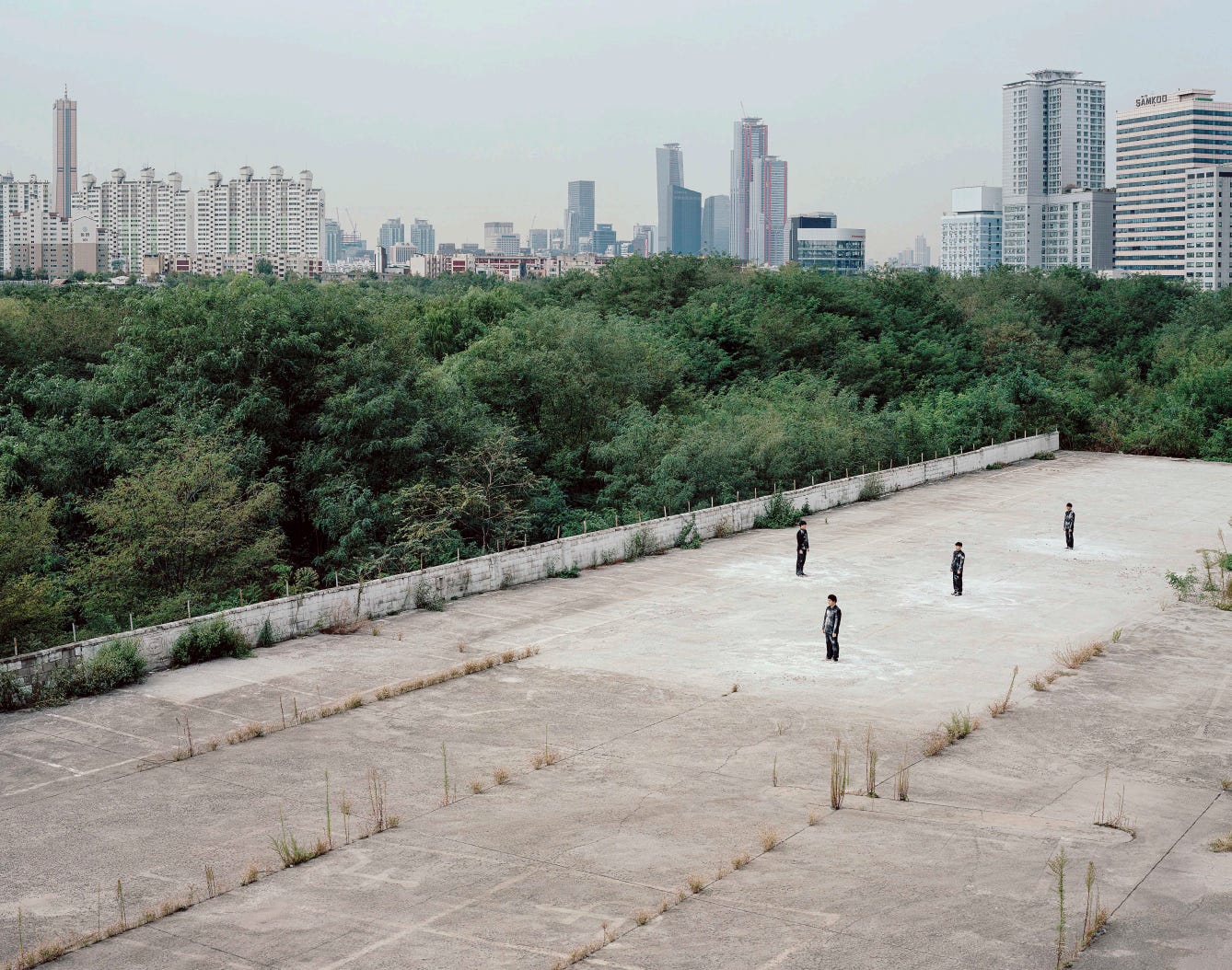

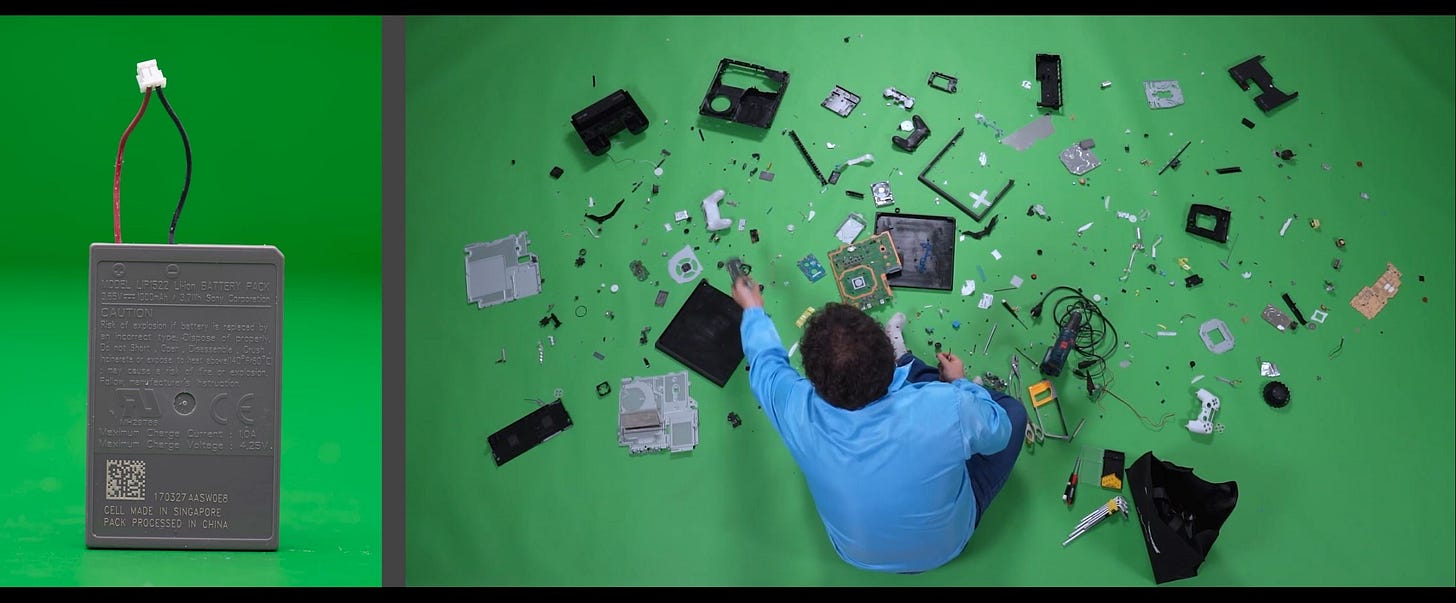

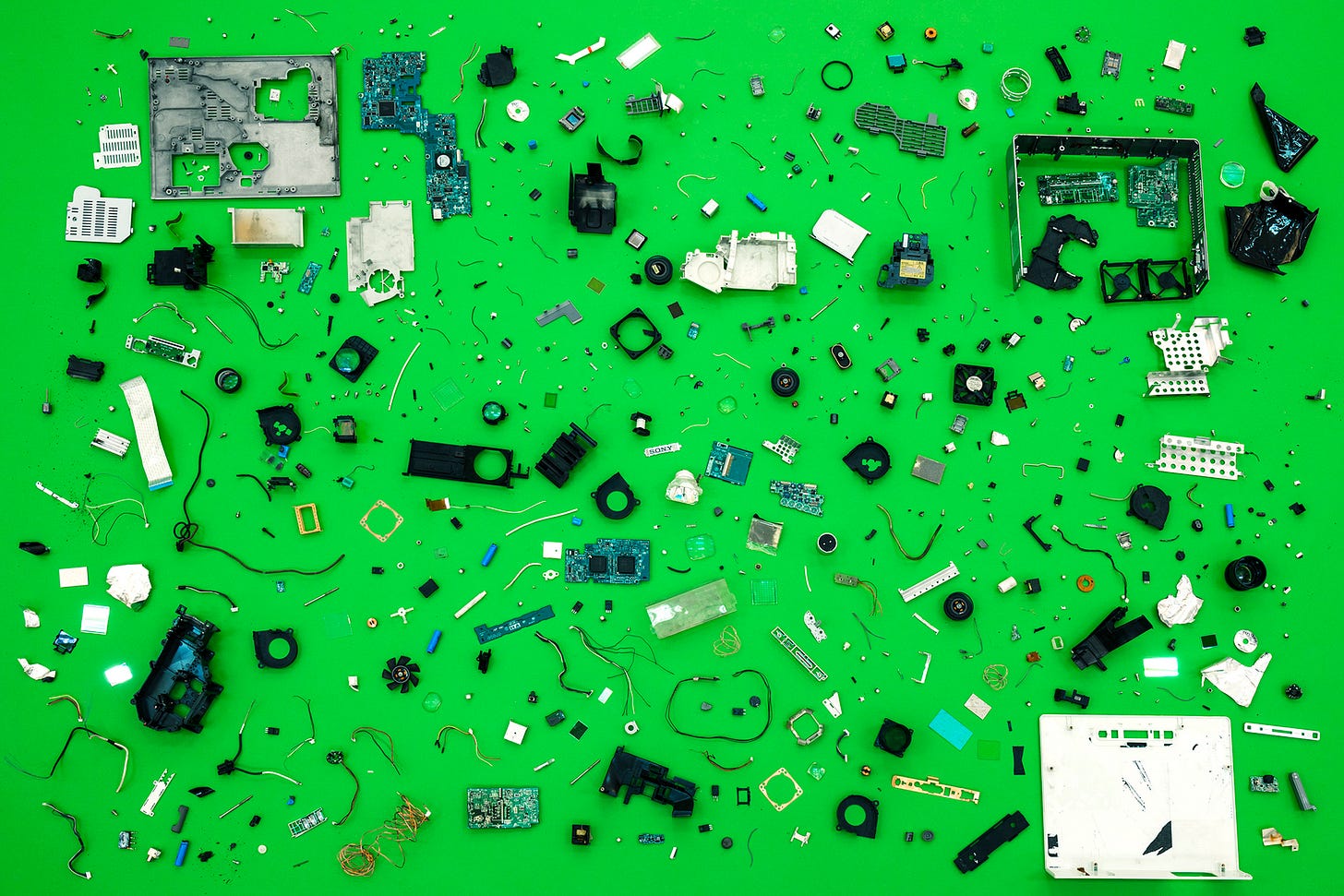
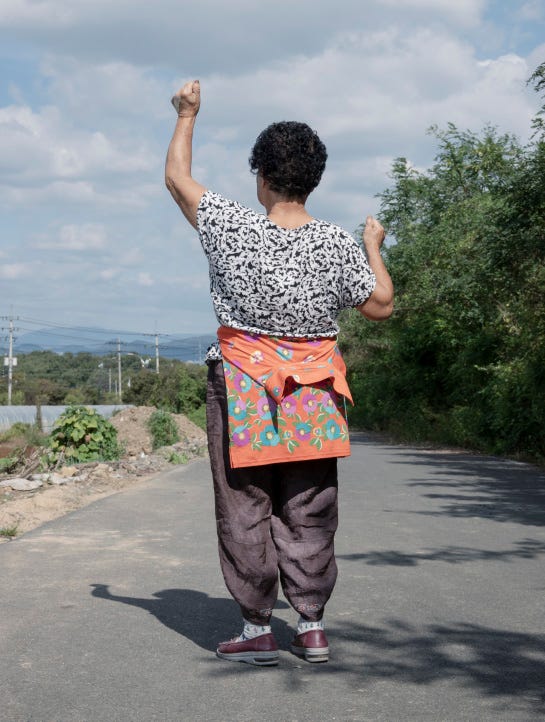
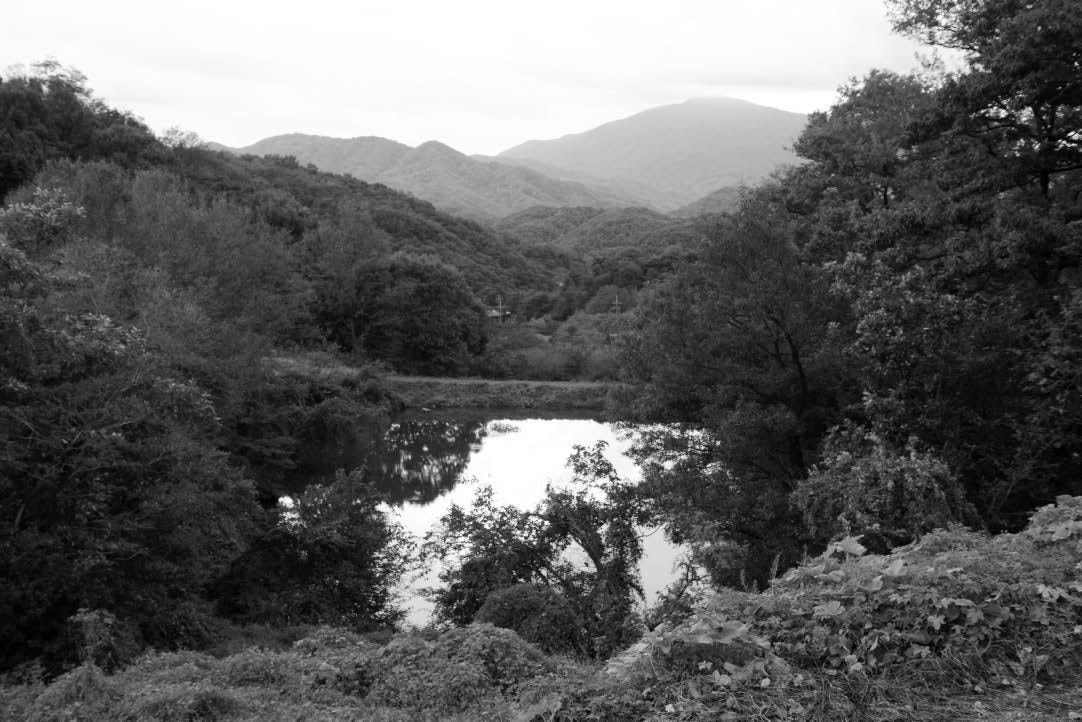
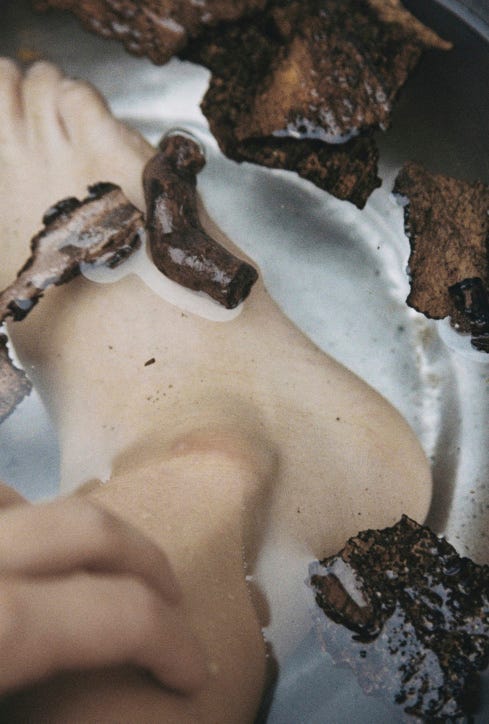
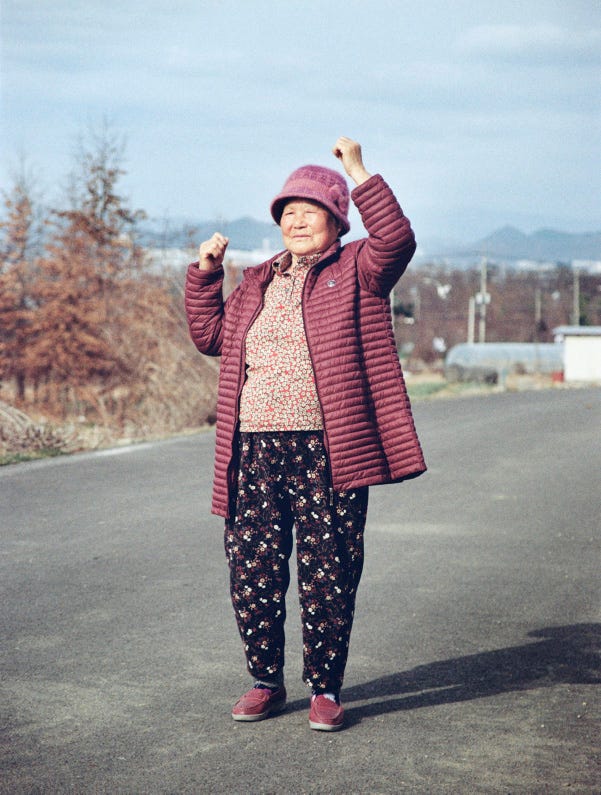

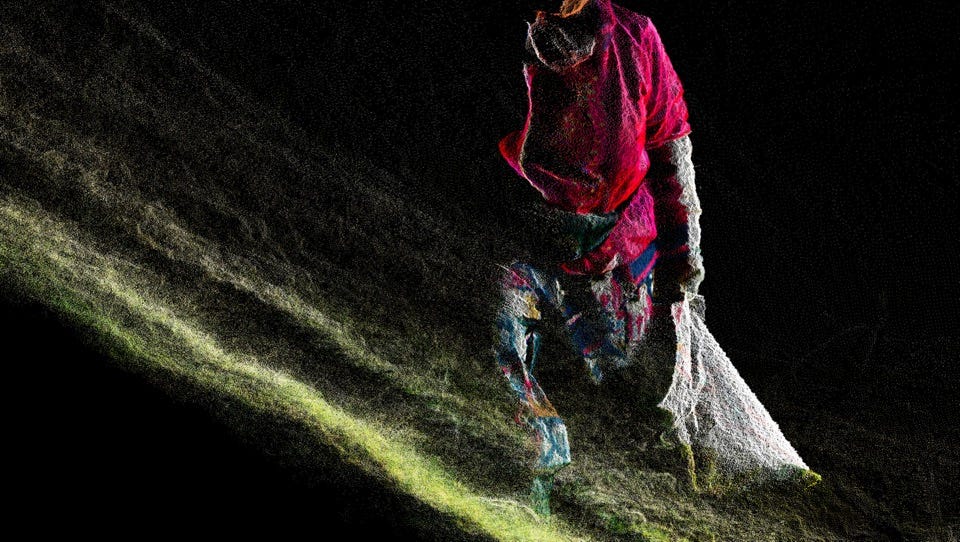
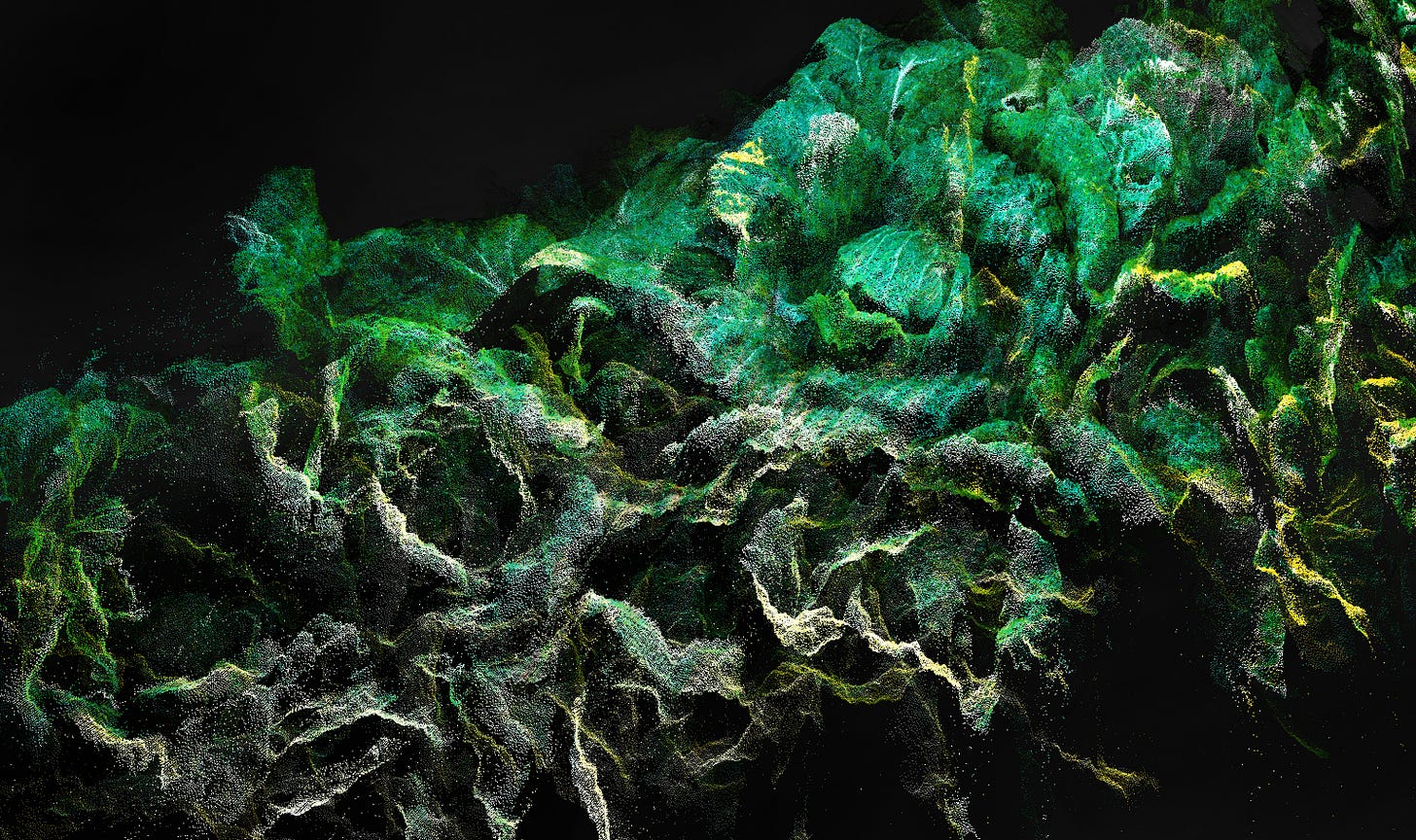
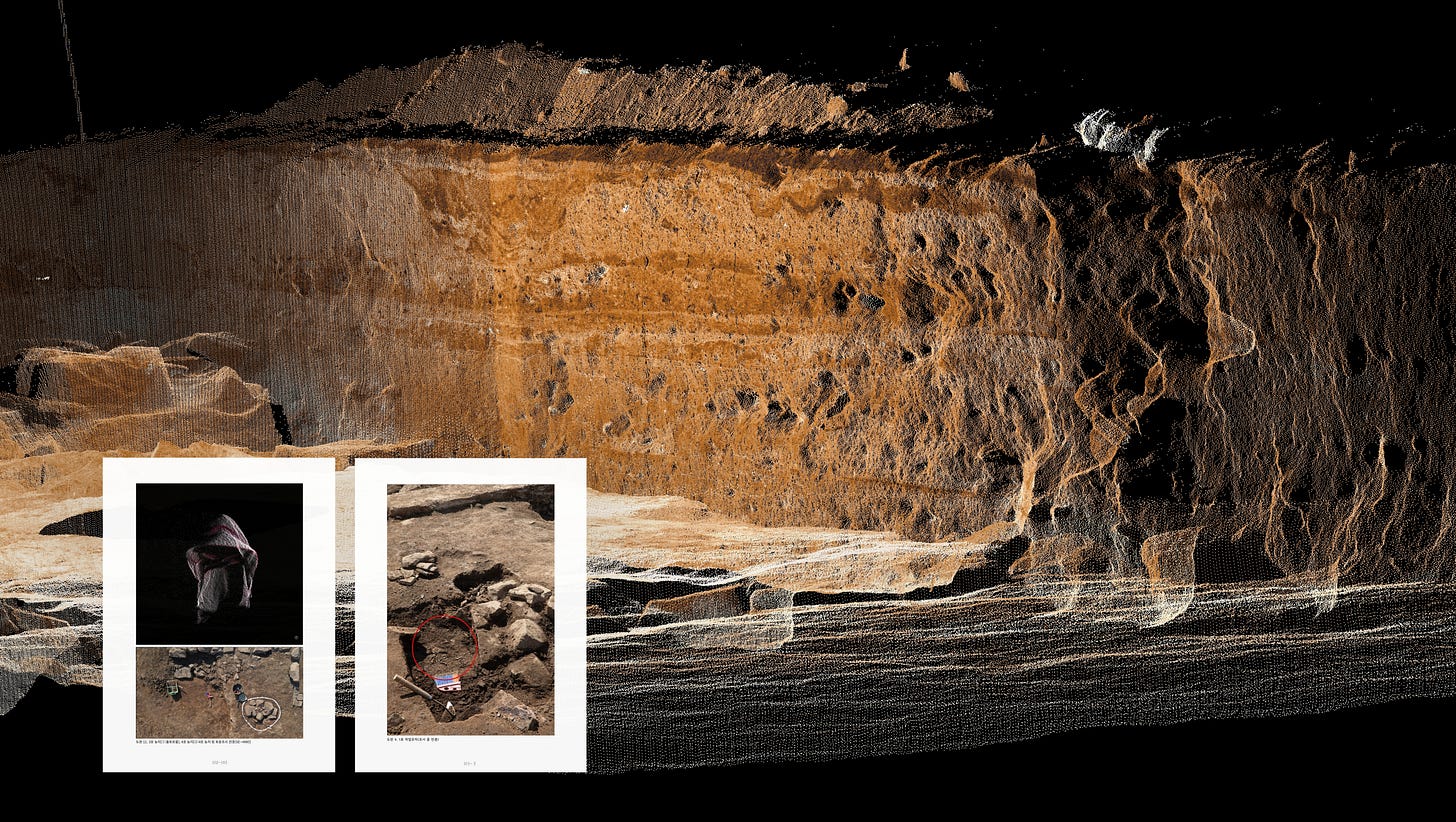
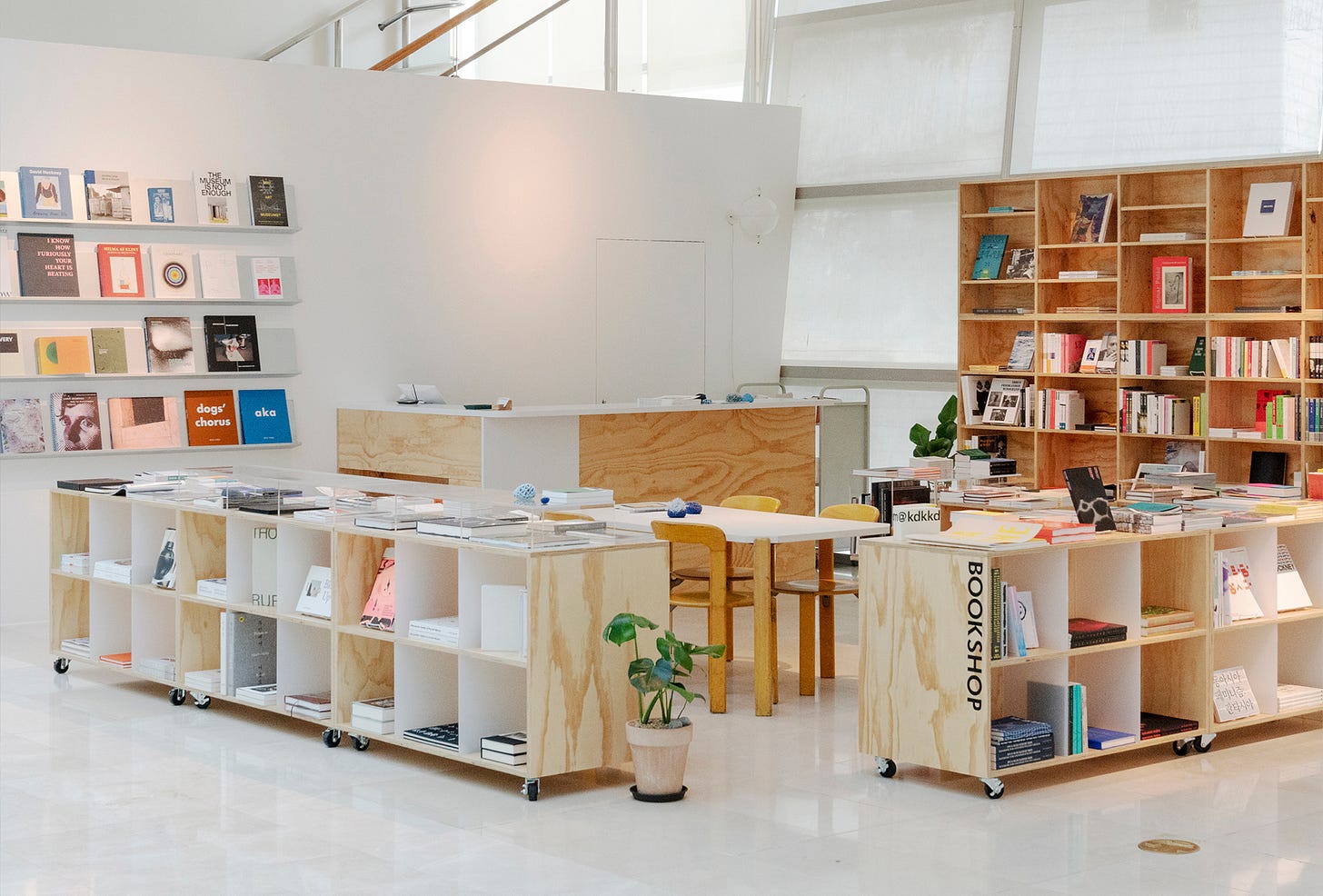
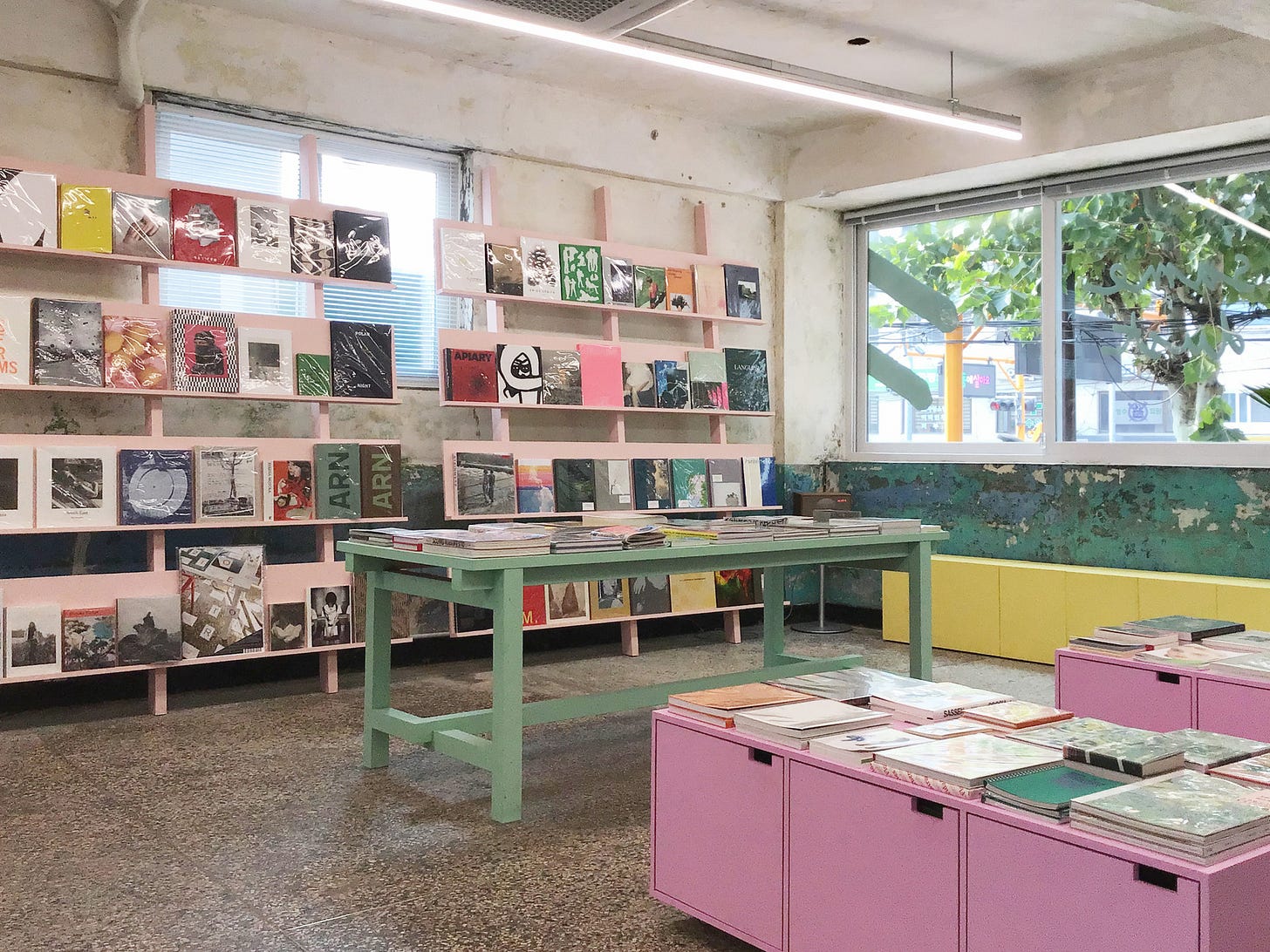
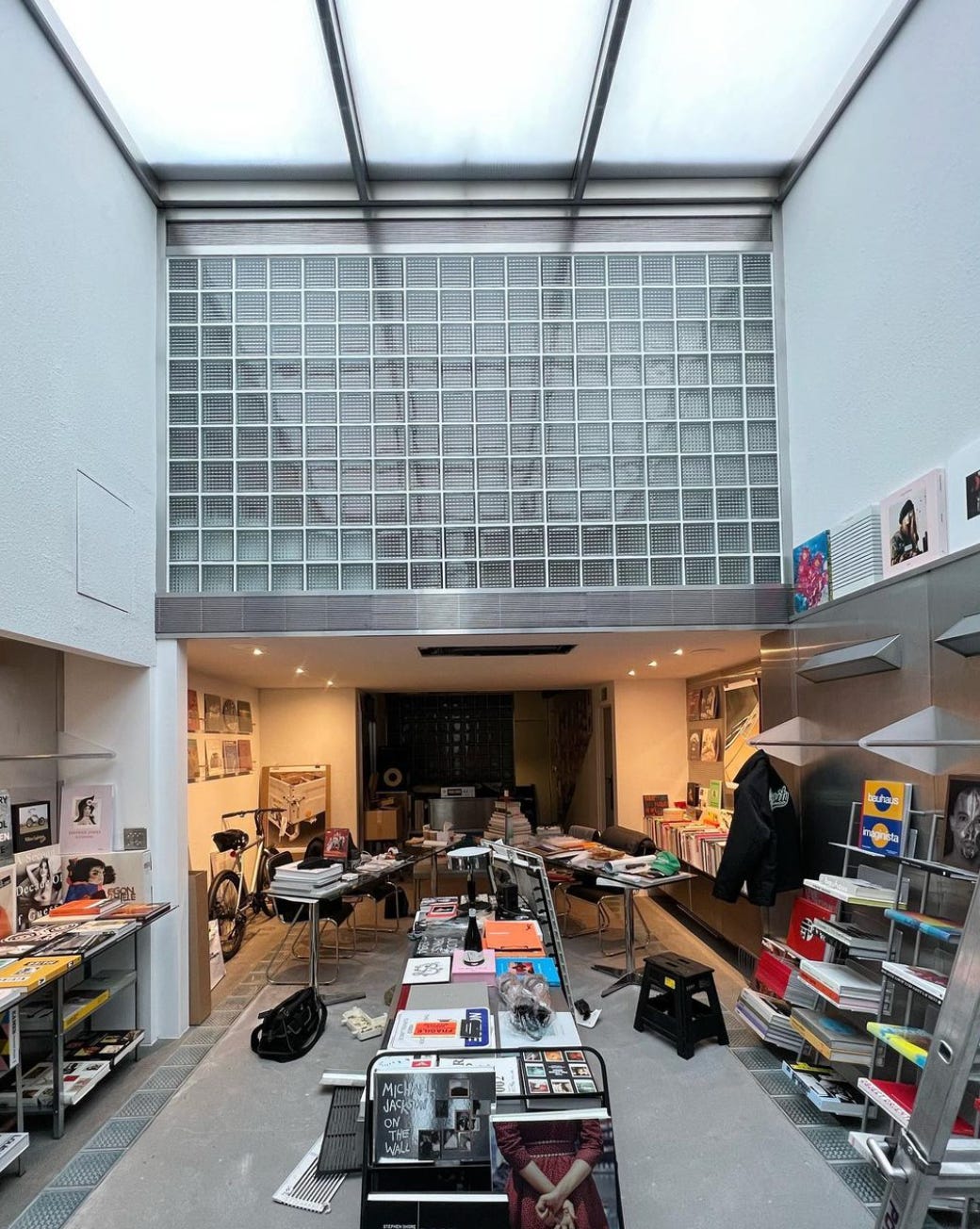

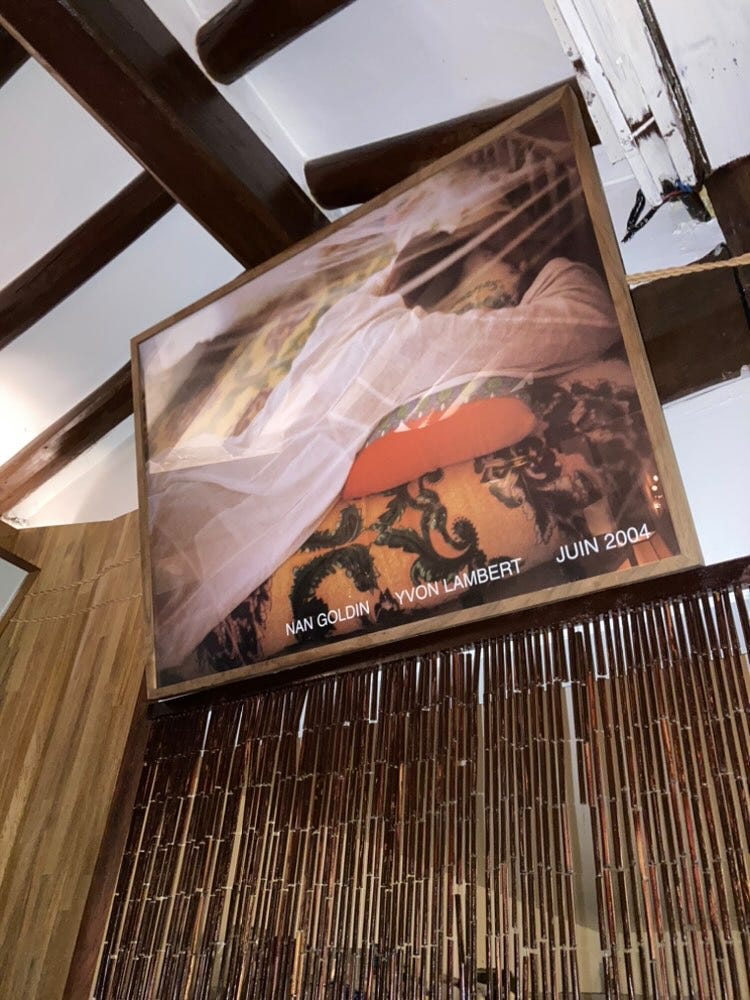
Fascinating read. Thanks for sharing all these projects from Korea. I met a zine and photobook publisher from Korea during Photo London this year and they were so happy people showed so much interest in the work they publish.
I love the sound Dawon Ha's project. I think the notion of retracing one's own footsteps / the footsteps of others with a camera is an interesting one. Although quite different, it reminds me of this work https://oodee.net/books/mayumi-hosokura/
Thank you for the introduction to Korean Photography :-)